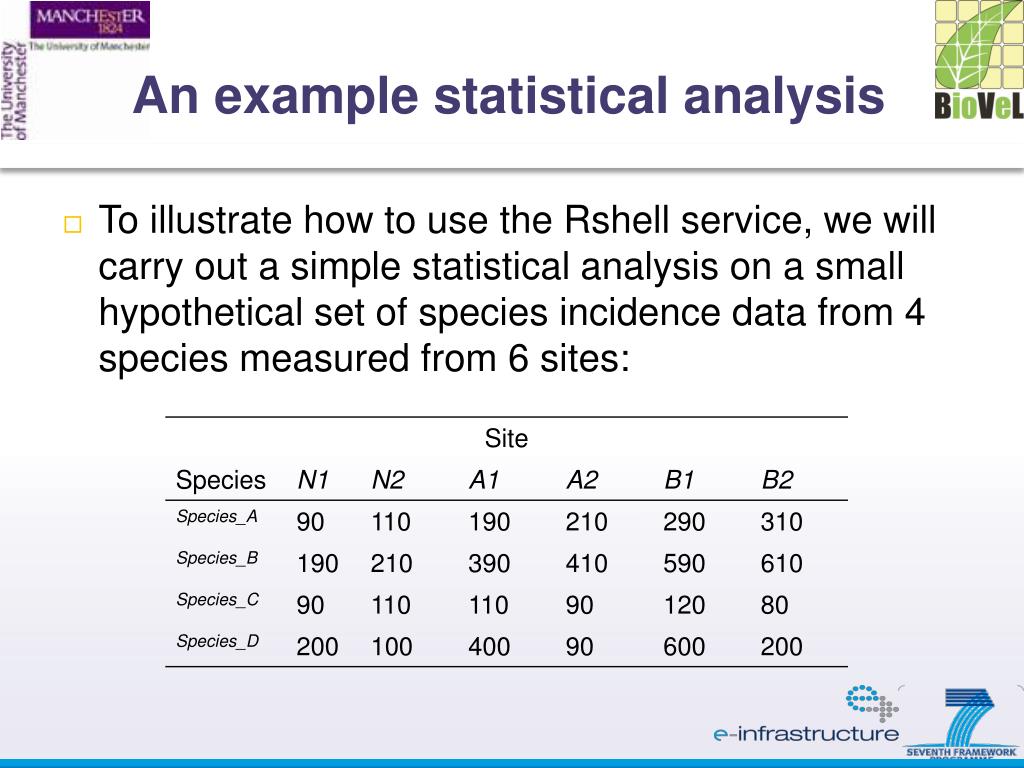
- TYPES OF STATISTICAL TOOLS FOR DATA ANALYSIS MANUAL
- TYPES OF STATISTICAL TOOLS FOR DATA ANALYSIS SOFTWARE
However, this doesn’t commonly transpire that one variable is the cause of another. At times, the researchers often discover evidence displaying the correlation between two variables. Statistical analysis tends to overgeneralize the results. These features control the process to avoid omitting crucial data while simultaneously keeping the result intelligible.
TYPES OF STATISTICAL TOOLS FOR DATA ANALYSIS SOFTWARE
The best statistical analysis software offers features such as multivariate analysis, regression analysis, statistical process control, etc. The software knows when to assess the group mean or the median as well as whether to assert a linear relationship to data or nonlinear. The statistical analysis software understands the need to create solutions that are easy to understand while maintaining the accuracy of the result. However, violating a critical assumption will lead to producing misleading results. It is acceptable to waive certain assumptions under specific conditions to simplify the results. Moreover, statistical analyses make assumptions that assess the properties of the sample, variables, etc.
TYPES OF STATISTICAL TOOLS FOR DATA ANALYSIS MANUAL
There is a wide range of analytical tools, and the chances that the manual calculation may use a tool that is incorrect for the specific situation is extremely high. The inadequate set of fragments can result in faulty assumptions. For example, studying a multivariate concept with the help of a single variable.

However, when vast information is under consideration, oversimplified solutions can be deemed as incorrect analysis. This can be considered an advantage when limited data is scrutinized. The statistical analysis produces extremely simple answers to particularly complex questions. As most statistical software are automated, there is no need to input data manually repeatedly, cutting down the workload. Additionally, the software also analyzes the figures and information pre-existing in the business. These two attributes combined together allow businesses to ensure that the correct data is assessed and the ensuing figures are unbiased and conclusive. Statistical analysis software has access to a larger database and offers easy customization. Similarly, if a greater number of participants are from the same group of hotels, the results will be biased. For instance, if research focused on finding the most efficient hotel management software includes the majority of participants who work in the retail or health-care industry, the outcome will be evasive. However, if the sample population does not co-relate to the focused population, the result can be misleading.

A sample that contains a wide array of representations may produce a minor error. Sampling error occurs when there is a gap between the actual population and the sample population. When a data scientist gathers data based on biased or faulty procedures, it entirely renders the results useless. The success of statistical analysis majorly depends on the collected data. Let us analyze the key drawbacks of data analysis and how statistical analysis software help avoiding them.

Businesses must acknowledge the disadvantages to grasp the concept of statistical analysis. However, manually analyzing the data generated by the business can result in misleading conclusions and serious distortions. The statistical analysis brings in numerous benefits to make the best usage of the vast data available, such as assisting in market research, product development, mapping out the company’s growth rate, improve the efficiency of the company, etc. With more industries opting for the best big data analytics firms to help churn out the data, the need for statistical analysis of data is increasing.


 0 kommentar(er)
0 kommentar(er)
